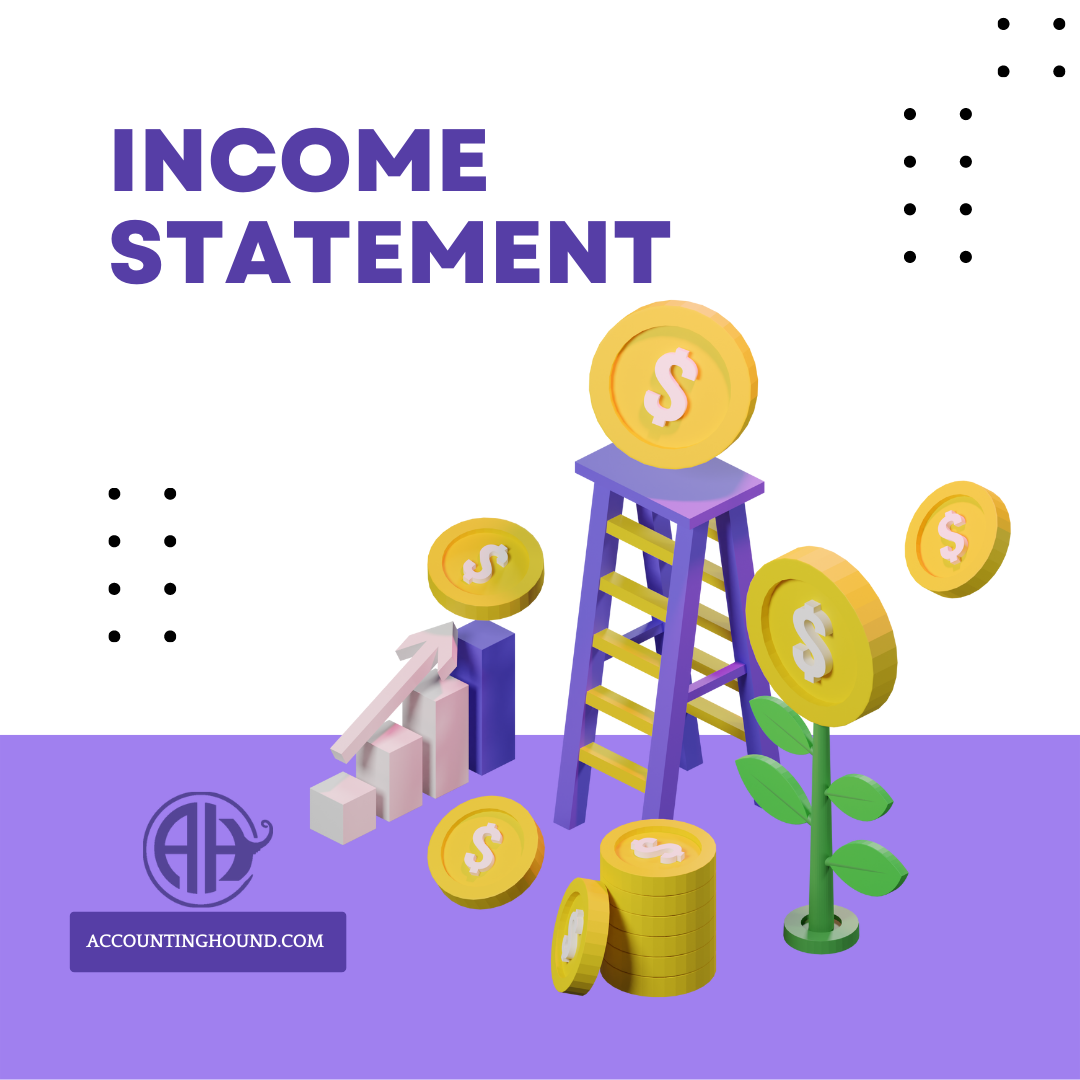Income Statement Analysis
The objective of accounting is to provide outsiders, such as investors or lenders, some information on the strengths and weaknesses of the business. This is accomplished by offering financial statements. Since investors and lenders are outside of the business, they need a way to get information about what is going on inside the business to help them make business decisions. You might think of the financial statements as windows into the company!
One of the most important windows is the income statement also called the profit and loss statement. As the name implies this report provides some basis to understand the profitability of the company. Most people understand the importance of profitability in business.
In business the profit is often called the net income or net loss. This is calculated by taking the sales revenue and subtracting the business expenses. If the revenue is greater than the expenses, the business is profitable and therefore has net income. If the expenses are more than the revenue, the business is not profitable and that is known as a net loss.
Revenue
Revenue is derived from sales of products or services. In accounting if the managers and employees deliver the product or perform the service, then they have earned revenue. Earning revenue can occur with or without cash. In other words, if the product is delivered to the customer, then the business can include revenue on the income statement, even if the customer has not paid for the product yet.
This also works for services. For example, if a catering company caters a party for a client and then bills the customer, the catering company should count that as revenue even if the client takes time to pay their bill. This is called accrual-based revenue.
Expenses are costs that the business incurs in order to keep the business going. For example, the business may need to pay employees for their time spent working at the business. That cost is one of the expenses incurred to keep the business going. Some common expenses include the cost of utilities, rent, and the cost of any goods sold.
The cost should be matched with the time used. For example, the rent expense should be matched to the month in which the rent was used. So, June’s rent must go on June’s income statement. July rent goes with July. It doesn’t matter when the cash is sent to the lessor, the expense is always matched with the period it occurs. This is accrual-based expenses.
Expenses also include using up resources. For example, if the business buys supplies for there office. The purchase of supplies is not an expense until the supplies are used up. If $200 of paper is purchased in June for the office, only the paper that is actually used in June is considered the supplies expense. The rest is a resource for later use. That paper becomes an expense when it is used. If the rest of the paper is used in July, that paper becomes a July supplies expense. This is another example of accrual-based expenses.
Investors and creditors like accrual-based accounting because it gives them a better understanding of how well the business is performing in a certain period of time. A month is a typical period of time tracked by accountants.
Common size
One very common method to evaluate the profitability of the business is to create a common-size income statement. Each expense on the income statement is divided by the Sales. This lets the reader get a feel for what expenses are most significant. For example, if you reviewed a common-sized income statement for a jewelry retailer, you might see the largest expense as the cost of the jewelry sold to clients. A common-sized income statement highlights the expenses that have the most impact on profitability.
Trend Analysis
Watching profits rise or fall over time is a good indicator of which direction management’s impact on profit. Trend analysis compares the profits over time. The first year in the analysis is called the ‘base year’. Each year’s revenue and expenses are then compared to that base year as a percentage of change.
Typically, the trend is reviewed for 3 to 5 years. However, the trend analysis can be longer if desired.
Earnings per share is one of the most widely used ratios in evaluating the profitability management earned off of the use of the money from investors. The most basic formula is Earnings per share = net income / number of shares of stocks. Just remember earnings is the same as net income and the ratio’s name gives you the formula. Earnings per share or net income per share.
The larger the ratio the more net income managers are deriving from the use of the investment from the shareholders.
Return on assets is the profitability managers earned from the resources they had available to them in the business. Return is another way of saying profit or net income. The return on assets is the net income derived from the company resources. The most basic return on asset formula is ROA = Net Income / Average Total Assets.
Profitability is an important factor for a business. Using the analytical tools provided will help give you a basis to begin evaluating the manages success achieving profits for the organization.


